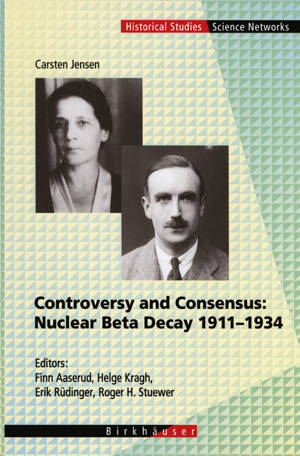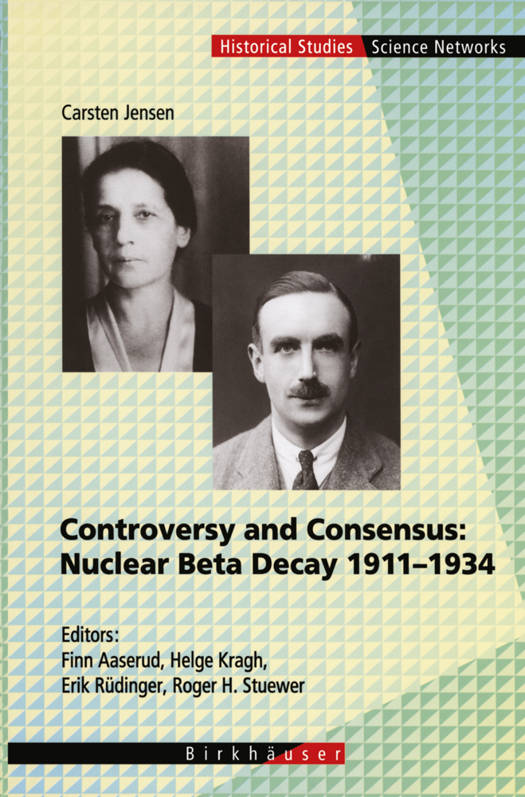
- Retrait gratuit dans votre magasin Club
- 7.000.000 titres dans notre catalogue
- Payer en toute sécurité
- Toujours un magasin près de chez vous
- Retrait gratuit dans votre magasin Club
- 7.000.0000 titres dans notre catalogue
- Payer en toute sécurité
- Toujours un magasin près de chez vous
Description
To all four of us, Carsten was the best possible friend and colleague. To Finn, he was a fellow student in the history of science for several years at the Niels Bohr Institute; to Relge, he was a welcome resource for personal and intellectual interac- tion in an otherwise less than fertile environment for the history of science; Roger was Carsten's friend and advisor, not least in the development of the dissertation on which the present book is based; and as director of the Niels Bohr Archive, Erik was his main advisor in his historical work. Because he was the person closest to Carsten's work on his Ph. D. dissertation on the history of beta decay, on which the present book is based, it is only fitting that Erik stands as single author of the words in Carsten's memory at the very beginning of this book. Before his untimely death shortly after the completion of the Ph. D. disser- tation, Carsten had himself plans to develop the dissertation into a book. Being a true perfectionist, he wanted to rework the manuscript substantively, especially with regard to relating it to the broader discussion among historians of science.
Spécifications
Parties prenantes
- Auteur(s) :
- Editeur:
Contenu
- Nombre de pages :
- 217
- Langue:
- Anglais
- Collection :
- Tome:
- n° 24
Caractéristiques
- EAN:
- 9783034895699
- Date de parution :
- 29-10-12
- Format:
- Livre broché
- Format numérique:
- Trade paperback (VS)
- Dimensions :
- 156 mm x 234 mm
- Poids :
- 340 g

Les avis
Nous publions uniquement les avis qui respectent les conditions requises. Consultez nos conditions pour les avis.






